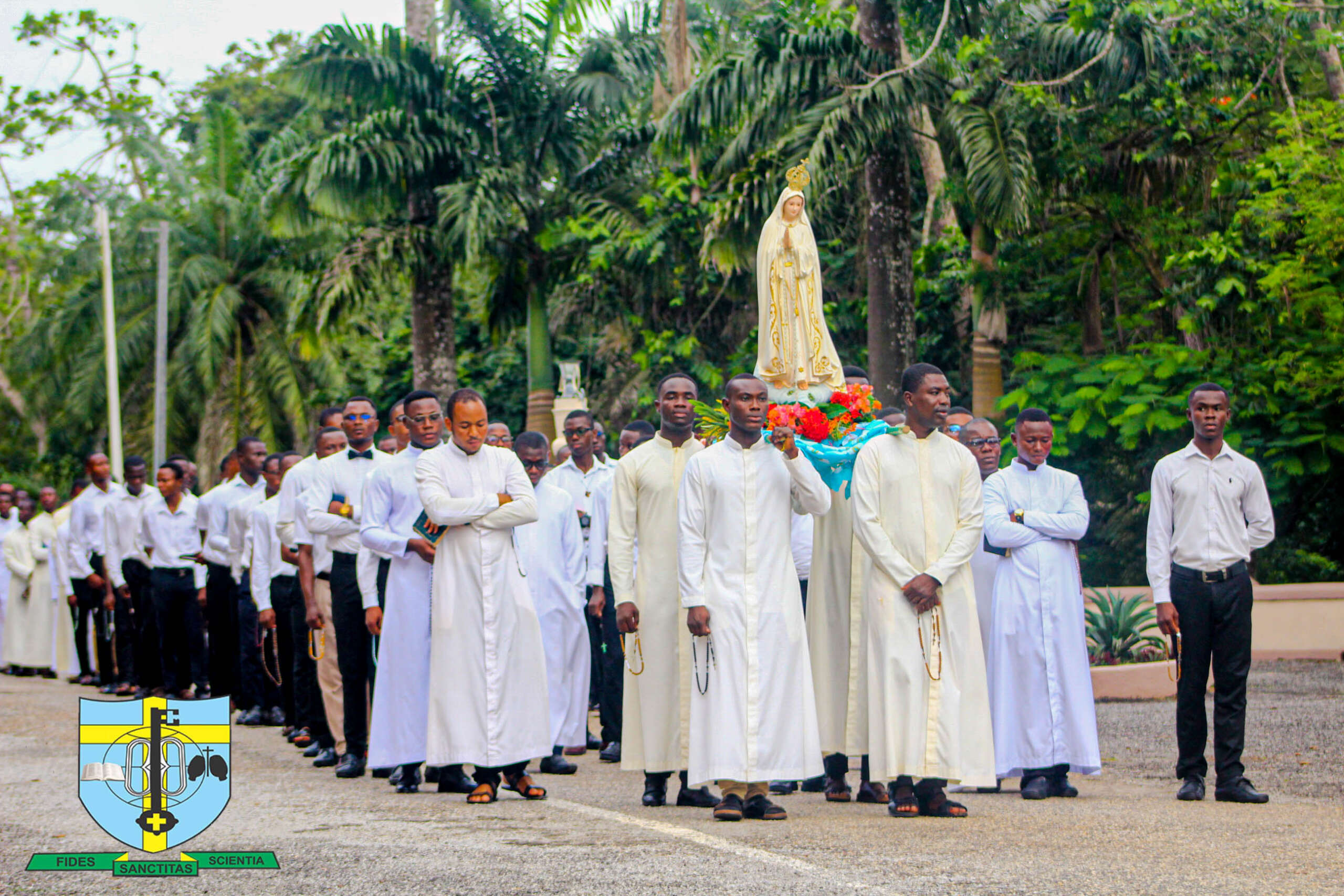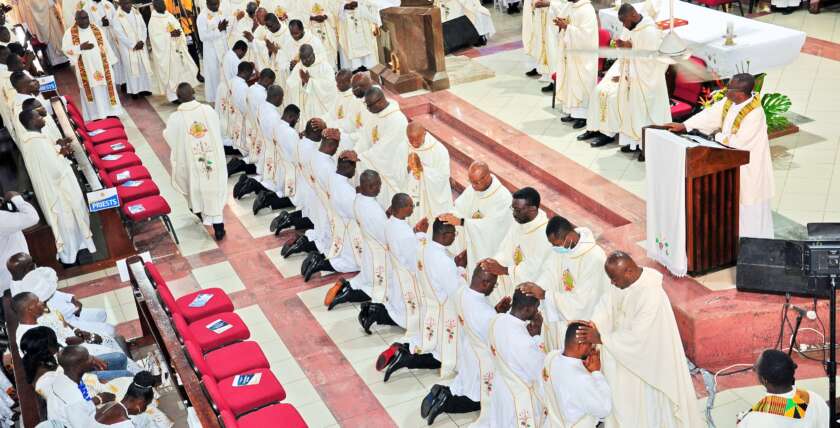Throughout Christian history, various practices have held immense importance in one’s spiritual journey towards sanctification. One such practice is the prayer of the Holy Rosary, a powerful form of prayer that has been cherished and embraced by believers for centuries. The term ‘Rosary’ comes from the Latin ‘Rosarium’ which implies a ‘rose garden’, a ‘bed of roses’, a ‘garland of flowers’ and a ‘collection of nice quotes’. The origin of the Holy Rosary dates to a revelation in a vision by Our Lady herself to St. Dominic, the founder of the Order of Preachers, in the 13th century (Mausolfe and Mausolfe, 1986).
According to the Theological Dictionary, sanctification in Christianity refers to the deliverance from sin and its consequences, leading to eternal union with God. It encompasses the belief that Jesus Christ, through his life, death, and resurrection, offers redemption and eternal life to all who believe in him (Rom. 10:10). The significance of the Holy Rosary in sanctification lies in its ability to help believers seek and forge a deeper connection with God. The Holy Rosary offers a structured and contemplative approach to prayer, allowing individuals to reflect on the life, death, and resurrection of Jesus Christ (Encyclical of Pope Leo XIII, Supremi Apostolatus Officio, 1883, no.1). Through the Rosary prayers and meditating on the mysteries, believers contemplate the profound sacrifice of Christ and seek forgiveness for their sins. This practice cultivates a humble and contrite heart, an essential aspect of receiving God’s grace and sanctification.

Countless individuals, throughout history and in the present day, attribute their spiritual transformation and ultimate sanctification to their devotion to Holy Mary. These personal accounts highlight the transformative power of the Holy Rosary in strengthening faith, fostering a deep relationship with God, and leading individuals towards a life of virtue and holiness. Pope John Paul II in his Encyclical “Rosarium Virginis Mariae” (2002, no.6), referred to the Holy Rosary as “spiritual weapon against the forces of evil and special prayer for peace”. Through its repetitive and meditative nature, the Holy Rosary prayer and the meditation act as a powerful tool for Catholics in their pursuit of peace and deliverance from God.
Moreover, “The prayers of the Holy Rosary, such as the ‘Hail Mary’ and the ‘Our Father’, serve as a plea for divine mercy and intercession’’ (Cushing, 1963). The Rosary becomes a channel for expressing remorse, humility, and a sincere yearning for God’s love and forgiveness. By focusing on the Mysteries of the life, death, and resurrection of Jesus Christ, the Rosary serves as a means of deep reflection and contemplation. It enables individuals to acknowledge their sins, seek forgiveness, and embrace the grace offered through the sacrifice of Jesus on the cross. The consistent praying of the Holy Rosary helps to cleanse the soul, as it requires sincere repentance and a genuine desire to mend one’s relationship with God.
The Holy Rosary is a perfect form of prayerful tribute to the Trinity, commencing with the recitation of the Apostles’ Creed, followed by Our Father, the Hail Mary trice and then Doxology. Each decade of the Hail Mary is then preceded by the Our Father and concludes with the Doxology, thus highlighting the significance of the Lord’s Prayer, which remains the key prayer of the Rosary. The Doxology is then followed by Mary’s own prayer given at Fatima in 1917 “O my Jesus, forgives us our sins! Save us from the fires of hell! Lead all souls to heaven especially those who most need your mercy!’’ each set of 5 decades, however, concludes with the recitation of the ‘’Hail Holy Queen!’’, thus acknowledging Mary’s on-going role in our sanctification as only next to that of Jesus (Mausolfe and Mausolfe, 1986).
In conclusion, the Holy Rosary prayer holds immense significance in the journey of seeking forgiveness and redemption. Through its meditative nature, intercessory prayers, and fostering of a deeper connection with God, the Holy Rosary aids individuals in confronting their sins, seeking divine mercy, and embracing the transformative power of God’s grace. As countless testimonies attest, the Rosary has proven to be a powerful pathway towards sanctification for those who wholeheartedly engage in its practice.
REFERENCE
Cushing, R. (1963). Mary. Boston: Daughters of St. Paul publication.
John Paul II. (2002). Rosarium Virginis Mariae. Vatican: Libreria Editrice Vaticana.
Mausolfe, A. J. M. & Mausolfe, J. K. (1986). Saint Companions. Bandra: St. Pauls’ Publication.
Pope Leo XIII. (1883). Supremi Apostolatus Officio. Vatican: Libreria Editrice Vaticana.





